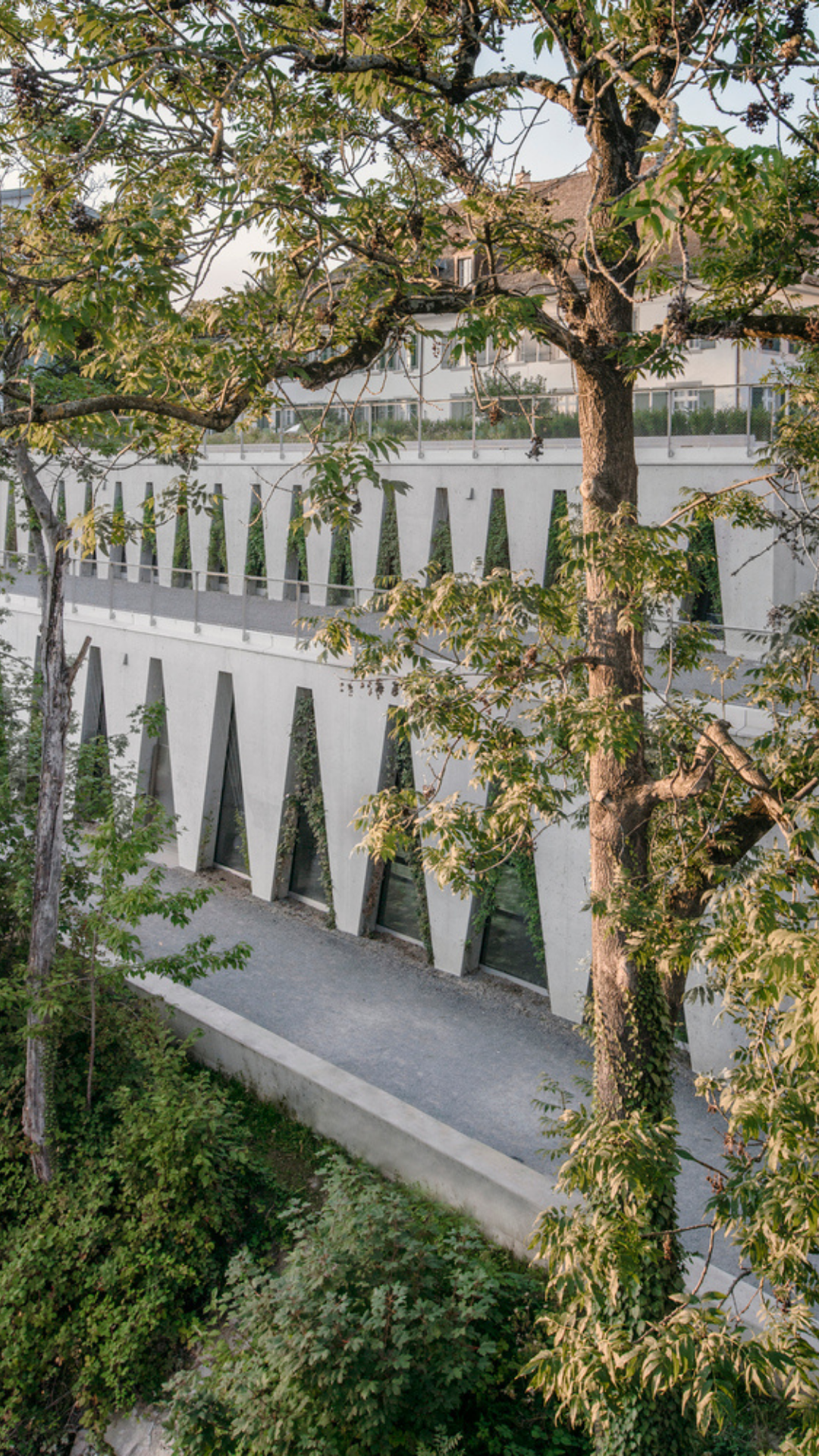How to design indoor public spaces
Architects claim the spaces we inhabit have a major impact on our lives, and with good reason. The built environment has been shown to have a powerful effect on how we feel, how we behave, and how we interact with others.
When it comes to creating public indoor spaces such as airports, railway stations and hotels, the design needs to be particularly well thought out. If it hits the mark, it can serve to enhance the lives of those who move through the space and strengthen their sense of community cohesion.
As with any architectural challenge, considerations of functionality and aesthetics must be carefully balanced to create the best outcome.
But how will these factors need to be readjusted in a post-Covid world? It's likely that the pandemic will fundamentally change our relationship with public spaces and have a long-term impact on city planning and urban design.
Putting people at the heart of design

Fundamental to any well-designed public indoor space is the fact that it is first and foremost a social realm. Why will people be entering this space? What is their purpose as they move through it? How are they going to interact with one another? Considerations of function and form have to be made, but the importance of putting people centre stage in architectural design can never be overemphasised.
The late British Iraqi architect Zaha Hadid, creator of Guangzhou Opera House and the London Aquatics Centre, believed that great architecture should always put people at the heart of the experience.
"Architecture is really about well-being," she said. "I think that people want to feel good in a space. On the one hand it's about shelter, but it's also about pleasure."
The architectural forms of a building can create a warm welcome, but the smaller, more textural details also play their part. In large hotel lobbies, for example, our stain-resistant fabrics can be used on seating or window treatments to soften the edges of the space and create a comfortable welcome.
As well as making a space appear more inviting, our fabrics – which come in a wide range of textures, tones and patterns – offer stain-resistant technology and high performance durability.
Who's leading the way?
In the rapidly advancing world of contemporary architecture, there have been some exciting and innovative examples of public indoor space design in recent years. Working in harmony with the surrounding rainforest, Kasiiya Papagayo in Costa Rica is an award-winning hotel built on timber platforms to ensure careful integration of the building into the hillside. The resort is 100% solar powered, providing an oasis of ecological calm for its guests.
Also reflecting the natural world is Maggie's Care Centre in Leeds, England. Designed by Heatherwick Studio, the building – which provides support for cancer patients and their families – takes the form of three mushroom-like structures. Built from natural, sustainable materials and with an abundance of greenery, the space provides a welcoming refuge from the more clinical hospital environment.
Read next: 2021 art and design trends to inspire awakening >


Returning to our theme of putting people at the heart of design, the beautiful Tanzhaus in Zürich was built on the banks of the Limmat River to encourage riverside promenades as well as to house a dance school and performance space. Completed in 2019 by architects Barozzi Veiga, the inspiring walkway features a series of trapezoid openings allowed intriguing glimpses of the river.
The 'Station of Being' in Umeå, Sweden, also focuses on user experience. This groundbreaking smart bus station features hanging wooden pods to provide privacy for passengers and protect them from the wind. And when a bus approaches, passengers are informed via distinct sound and lighting signals depending on their chosen bus route.
How are things changing?
No-one can deny that Covid-19 has had a profound effect on our lives over the past year. So it's unsurprising that this impact is being felt and reflected in the design of our built environment.
When considering public indoor spaces, architects now need to factor in issues such as social distancing measures and increased ventilation. And with environmental concerns being higher than ever on the agenda, an eco-friendly, more sustainable approach to design is also increasingly important.


FibreGuard Pro fabrics have a role to play in both these areas. Thanks to their antimicrobial properties, these fabrics help stop the spread of germs in public spaces. They are also stain resistant, highly durable and soft to the touch, making them the perfect choice for hotels and healthcare environments.
And when it comes to environmental concerns, all our fabrics are OEKO-TEX® STANDARD 100 certified which means they are safe for the skin as well as the environment.
And in a world in which isolation and separation have become increasingly necessary, the power of fabric to deliver softness and comfort has never been more relevant or more welcome.
If you found this blog post useful, please share it online and spread the word!
